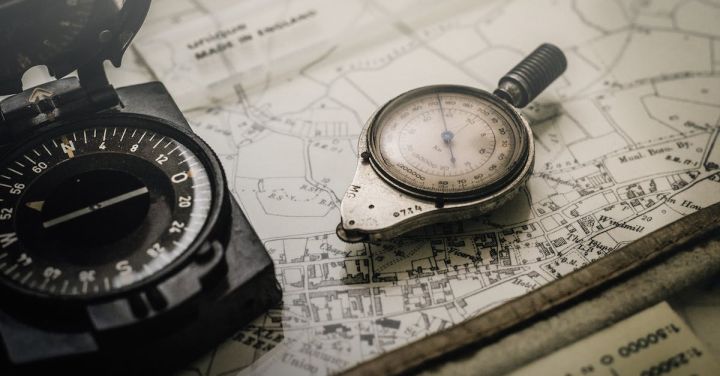How to Navigate Without a Compass or Gps?

In today’s modern world, we heavily rely on technology to guide us from one place to another. GPS devices and compasses have become our go-to tools for navigation. But what if you find yourself without these gadgets? Whether you’re lost in the wilderness or simply forgot your compass at home, it’s still possible to navigate and find your way using alternative methods. In this article, we will explore some techniques that can help you navigate without a compass or GPS.
Observing the Sun and Stars
One of the oldest and most reliable methods of navigation is using the sun and stars. During the day, the sun can act as a natural compass. By observing the sun’s position in the sky, you can determine the cardinal directions. Remember that the sun rises in the east and sets in the west. In the Northern Hemisphere, the sun is in the southern part of the sky at noon, while in the Southern Hemisphere, it is in the northern part of the sky. By using your shadow, you can also determine the approximate direction of north and south.
At night, the stars can guide you. Look for the North Star, also known as Polaris, which is located close to the North Pole. If you can locate the North Star, you can determine the direction of north. Other constellations and stars can also be used for navigation if you have some knowledge of astronomy.
Reading the Landscape
Another useful technique for navigation is reading the landscape around you. Pay attention to the shape of the land, the presence of rivers or streams, and the direction of the wind. Mountains and hills can provide clues about your location and the direction you are heading. For example, if you are hiking and notice that a river is flowing downhill, it can indicate that you are heading towards lower ground. Similarly, if you feel a strong wind blowing from a specific direction, it can give you a sense of the cardinal directions.
Using Natural Indicators
Nature provides us with various natural indicators that can help us navigate. For instance, moss tends to grow on the north side of trees in the Northern Hemisphere, as it receives less sunlight. This can be a helpful clue to determine the direction of north. Additionally, certain plants and animals have a natural sense of direction. Pay attention to the behavior of birds or the growth patterns of plants, as they might provide hints about the prevailing winds or nearby water sources.
Creating and Using a Make-Shift Compass
If you find yourself without a compass, you can create a make-shift one using simple materials. All you need is a needle, a small piece of cork, and a cup of water. Rub the needle against your clothing or hair to magnetize it and then gently place it on the cork. Place the cork and needle on the surface of the water, and it will align itself with the Earth’s magnetic field, pointing north and south. However, keep in mind that this method might not be as accurate as a real compass, so use it as a general guide.
Conclusion: Trust Your Instincts
While navigating without a compass or GPS may seem daunting, it’s important to trust your instincts and use your observational skills. By understanding the natural elements around you and using alternative methods, you can successfully find your way. Practice these techniques before you find yourself in a situation where you need them. Remember, navigation is not just about the tools you have, but also about your ability to adapt and rely on your own intuition.
